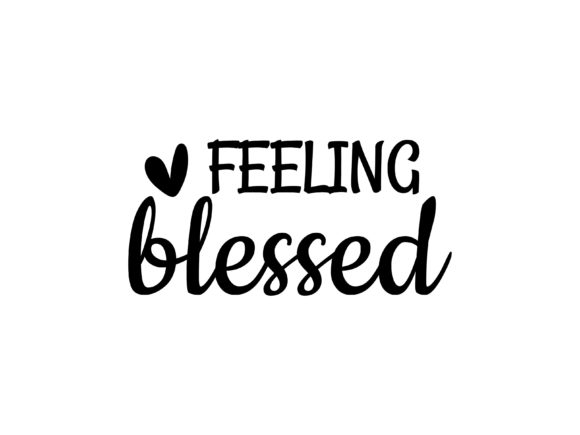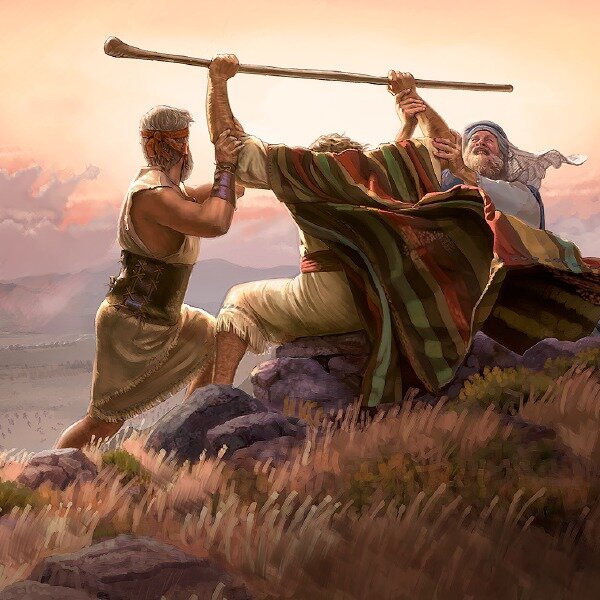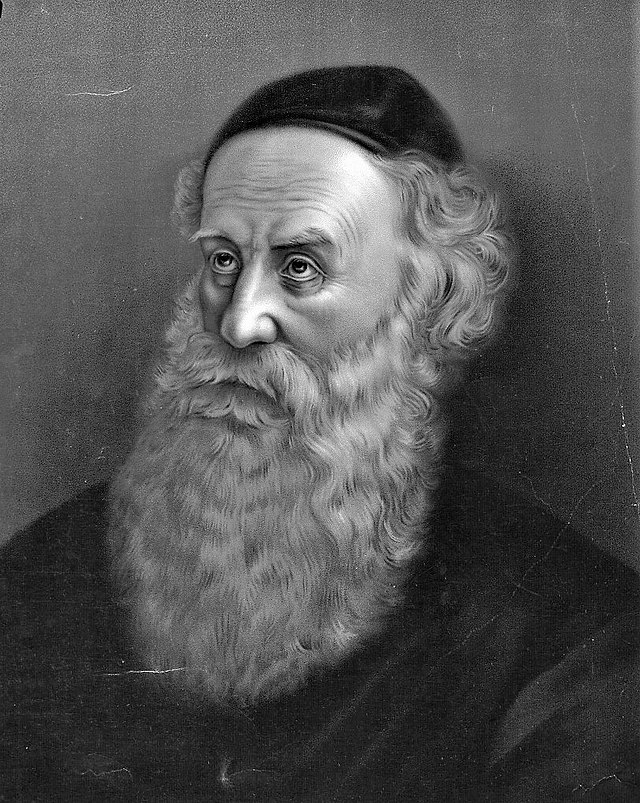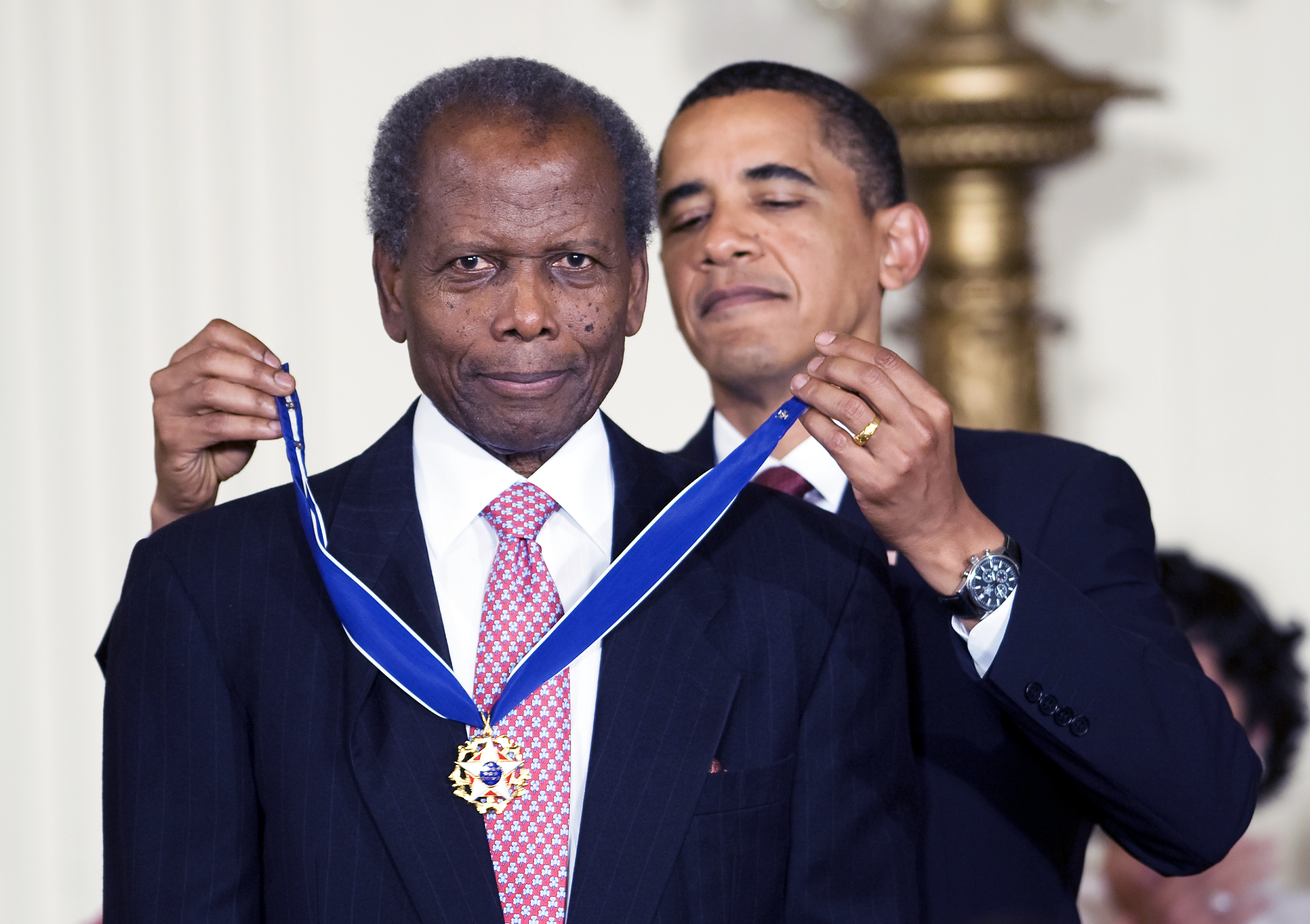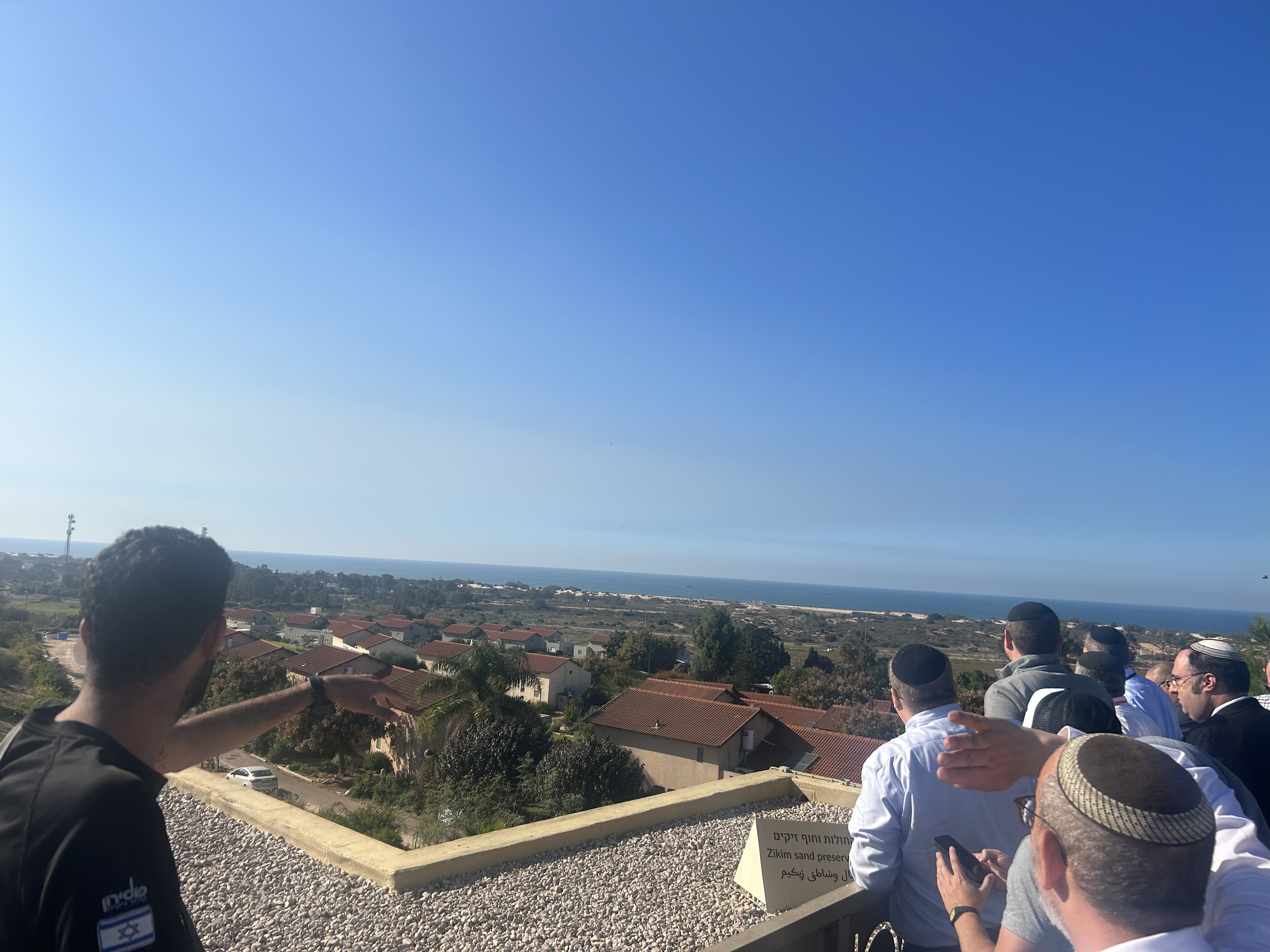May 25, 2022|כ"ד אייר ה' אלפים תשפ"ב Behar 5782 - Be a Glue Guy
Print ArticleEvery championship team in sports has its superstar. The player who scores the most points or hits the most home runs. But every championship team also has one or two other players who could go unnoticed, but are equally as essential to the team’s success. These role players are often referred to as “GLUE GUYS” because they hold the team together.
They are the players who are willing to dive on the floor for a loose ball, give that extra effort to make a diving catch, or play lock-down defense on the other team’s best player. These players rarely have impressive statistics, but without them, the team wouldn’t be what it is.
Montrose Christian Academy was a High School basketball powerhouse in Rockville MD, producing multiple NBA players, including The Brooklyn Nets Kevin Durant.
As they would prepare their players for the season, they wanted to remind their students that, in the end, the only thing that mattered was how the team performed. Did they win or not?
So, in the preseason, they would have students play pickup games for an hour or two each day. But they would only keep track of one statistic: Wins. No one recorded how many points you scored, how many rebounds, assists, or steals. If you’re team won, you got a point.
At the end of preseason, they would tally up all the points and see who won the most games. And that one statistic, how your TEAM performed with you on it, was critical to whether you made the team. And it should come as no surprise, that the players with most points were usually the glue guys.
The introductory lines of Parshas Behar lead to a question and an answer that have befuddled commentaries for millenia.
(א) וַיְדַבֵּר יְקֹוָק אֶל מֹשֶׁה בְּהַר סִינַי לֵאמֹר: (ב) דַּבֵּר אֶל בְּנֵי יִשְׂרָאֵל וְאָמַרְתָּ אֲלֵהֶם כִּי תָבֹאוּ אֶל הָאָרֶץ אֲשֶׁר אֲנִי נֹתֵן לָכֶם וְשָׁבְתָה הָאָרֶץ שַׁבָּת לַיקֹוָק:
Hashem spoke to Moshe at HAR SINAI, as follows: Speak to the Jewish People and tell them, that when they enter Eretz Yisrael the land will have to take a Sabbatical, there will something we call Shemita.
And Rashi, quoting the Toras Kohanim, asks:
מה ענין שמיטה אצל הר סיני, והלא כל המצות נאמרו מסיני
Why does the Torah create this special juxtaposition between Har Sinai and the laws of Shemita? Weren’t all the mitzvos taught at Har Sinai!?
And Rashi answers:
אלא מה שמיטה נאמרוא כללותיה ופרטותיה ודקדוקיה מסיני, אף כולן נאמרו כללותיהן ודקדוקיהן מסיני,
Just like every single detail of Shemita, all of Maseches Shviis, was taught to Moshe at Har Sinai, so, too, all of the details of EVERY SINGLE MITZVAH were taught to Moshe at Har Sinai.
And so many of the commentaries read this answer and say: But that doesn’t answer the question?!
Yes, I understand that all the details of BOTH Shemita and ALL OTHER Mitzvos were taught at Har Sinai, but why did HKBH choose SPECIFICALLY SHEMITA to be the EXAMPLE of a mitzvah taught at Har Sinai? Hashem could have chosen Shabbos, Kashrus, or any of the other myriad of mitzvos that have a tremendous number of details to prove this point!?
And there is a myriad of answers offered to this question, but I want to share with you a unique approach to this question that one of my students, Menachem Mermelstein, shared with me this week in Yeshiva.
If we want to understand the connection between Shemita & Har Sinai, we need to understand more about the fundamental nature of each.
The Laws of Shemita, the idea of taking an entire year off from working the land, brings with it two fundamental goals:
On the one hand, Shemita is called Shabbat LaHashem, it is a time when the Jewish farmer takes a break from his or her usual work. The farmer is not allowed to prepare his or her field. He’s not allowed to collect his produce and prepare it for sale. What, then is the farmer to do during this time?
Explains the Seforno, this is why Torah calls Shemita “Shabbat LaHashem:
שתהיה כל השנה הבטלה מעבודת האדמה מוכנת לעבודתו כמו שכיון בשבת בראשית באמרו שבת לה' אלהיך (שמות כ, י):
So that the entire year one should put the avodah, the work of the field aside, so that one is available for AVODATO, to serve Hashem.
It is the opportunity for the individual and community to set aside time to focus on our relationship with HKBH.
And, adds the Seforno,
כמו שכיון בשבת בראשית באמרו שבת לה' אלהיך
Just as the intention of Shabbos is to be “LaHashem”.
So, on the one hand, just as Shabbos provides us with the opportunity to put our work aside and focus on our relationship with religion, with HKBH one day out of seven, so, too, Shemita provides that same opportunity one year out of seven.
But there is another vital aspect of Shemita, and that is that during Shemita the land is declared hefker, ownerless. No one owns any land. No one can sell their produce to others. It is “Shabbat Ha’Aretz Lachem L’Achla” it is for anyone and everyone to partake. For one year, no one owns more property than anyone else. No one brings in more money than others. Shemita is the ultimate leveling of the playing field.
And, of course, these two elements are intertwined. Because it is during Shemita that we recognize that the land we think belongs to us, doesn’t really belong to us at all, but to HKBH, and the idea that any Jew has more value than another because of his or her economic status is refuted, as we realize that anything any of us has is because of the chesed of HKBH.
And if this is true, then there is one unifying message of Shemita: That each and every one of us has a role to play in this nation. There is no Alpha Jew and Second-class Jew. We may have DIFFERENT roles to play, but we ALL have a role, and we ALL matter.
But that’s hard for us. It is challenging for us to accept that parity, so HKBH forces it upon us every 7 years, as a kind of communal and national RESET. Declaring everyone’s property, their main source of revenue, ownerless, reminding us that we’re all in this together, working towards the same goal.
With this is in mind, we can understand the fundamental connection between Shemita & Har Sinai. Because what was the prerequisite to Am Yisrael receiving the Torah at Har Sinai? We know that as Am Yisrael approached Sinai, the Torah tells us “Vayichan Sham Yisrael Neged HaHar” The people camped around the mountain. And Rashi, quoting the medrash, points out that the language of VAYICHAN is singular, even though it’s describing millions of people.
Why? Says Rashi: It teaches us that Am Yisrael camped “K’Ish Echad B’Lev Echad”. We were one nation, united. It was only when Am Yisrael recognized that we were all on the same team, that while we all may have DIFFERENT roles to play, we ALL HAVE A CRITICAL ROLE TO PLAY, that the Torah could then be given.
Because unity does not come when we see that we’re all the same, it’s when we are able to recognize that even with all our differences, EVERYONE still has a role to play, and we all need each other. That’s what K’Ish Echad B’Lev Echad is really all about.
And this is challenging because this approach doesn’t only call on us to be a “part of” the team of Am Yisrael. But it calls upon us, at times, to make personal sacrifices to be a part of the Klal. By definition, committing yourself to the communal good will at times require us to swallow our pride, give up on our kavod, and compromise on our personal preferences. It requires us to be willing to be a glue-guy, looking out for the greater good of the team.
Why was Shemita chosen as THE MITZVAH which represents all of the mitzvos we received at Sinai? Because the message of Shemita was the prerequisite for any and all success that would emanate from the experience at Sinai: That no matter how different our roles may be, we all have a role to play in the community of Am Yisrael.
